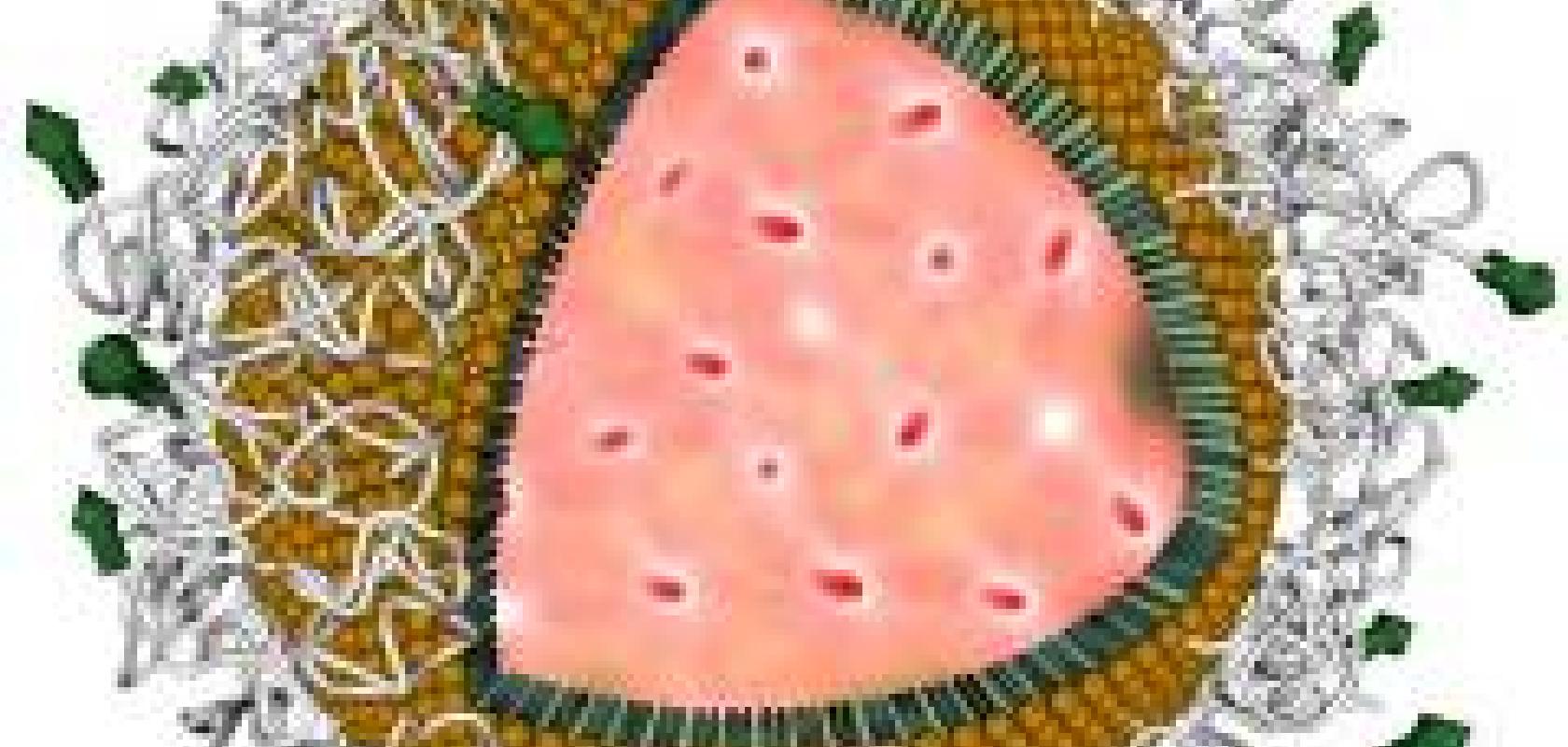A European research initiative has been launched that aims to increase the effectiveness of photodynamic therapy (PDT) as a treatment for cancer. The Target-PDT project, coordinated by the French applied research centre CEA-Leti, looks to improve the therapy through developing a novel nano carrier-based approach, which will improve control of the therapy and increase the comfort for cancer patients.
PDT is a minimally invasive treatment that destroys cancer cells with a combination of a photoactive drug known as a photosensitiser and a specific wavelength of light. When photosensitisers are activated by laser light, they produce a form of oxygen that destroys illuminated cancer cells.
The three-year project focuses on using PDT as a treatment for bone cancer and head-and-neck squamous cell carcinoma, current treatment regimes for both of which often result in low cure rates and show serious side effects or a poor functional outcome. The study will aim to improve the effectiveness of PDT as a treatment for these diseases by encapsulating the photosensitiser into lipid nano-particles. The nano-carriers include antibodies targeting specific tumour biomarkers meaning the photosensitiser is delivered more effectively to tumour cells and does not accumulate in healthy tissue.
Speaking to Electro Optics magazine, Patrick Boisseau, coordinator of the Target-PDT project, commented: 'What is interesting with this project, is that we start from an existing clinical protocol to kill cancer cells and improve its efficiency ... and the benefits for the patient by using nanotechnology.'
Preliminary tests with animal models have show that the organic nano-droplets are not toxic and don't generate an immune response within the test subjects. In addition, the photosensitisers have been shown to dock with the nano-particles and are taken up within cancer cells.
'PDT is a nice therapy because it uses light as a therapeutic tool,' commented Boisseau. The laser light can be fibre-delivered directly to the tumour within the body. Biolitec, a member of the project, produces the photosensitisers for use in PDT as well as the laser light sources. The two photosensitisers used in the project absorb at different wavelengths, so a tuneable laser will be used.
PDT has already shown significant potential for improving cancer treatment, because it offers strictly focused application, biocompatibility with other forms of treatment, the option for repeated use, excellent cosmetic or functional outcomes and fast recovery. Indeed, typically there is a modest enhanced accumulation of the photosensitiser in tumour tissues and additional selectivity is provided by the confined illumination of the target area.
However, the use of PDT has been restrained by limited effectiveness of the photosensitisers on reaching the tumour and the potential damage to healthy cells near the tumour. Improved targeting of the photosensitiser using nano-particles will potentially reduce damage to the surrounding healthy tissue. 'We hope by concentrating the treatment just on the tumour, we will improve the quality of life of the patient,' said Boisseau.
The experimental approach will be developed into a preclinical validation to deliver an optimised combination for the first clinical 'nano-PDT' at a later stage.


